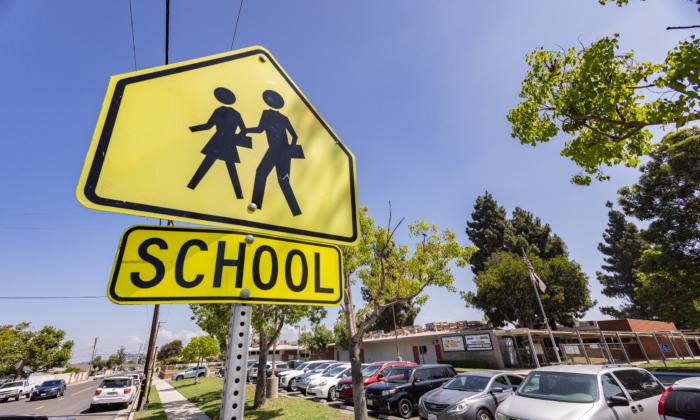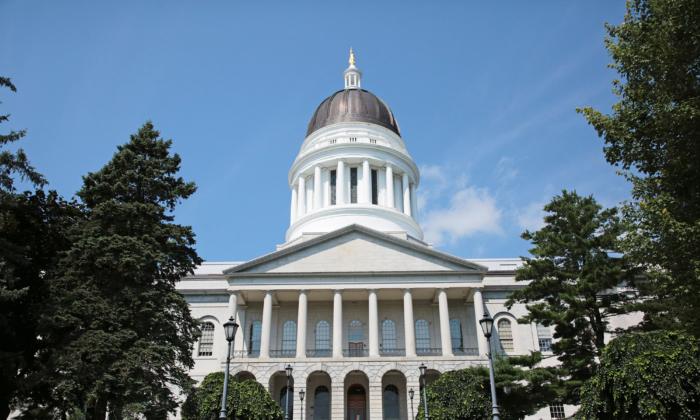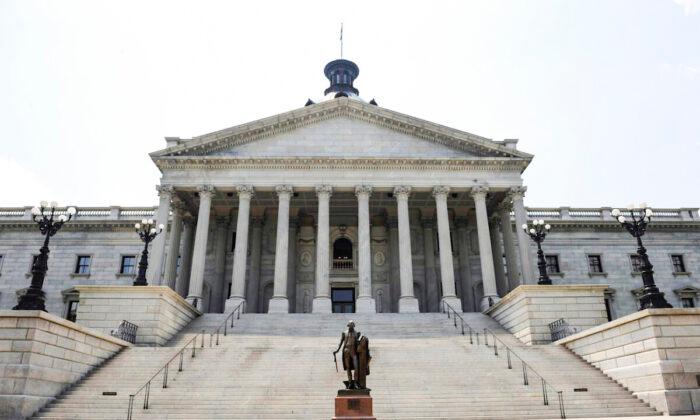Teacher satisfaction and student learning are low, but most school principals say they are satisfied with their jobs, a U.S. survey shows.
The 2022 Merrimack College Teacher Survey found that 56 percent of teachers feel “satisfied” with their jobs.
“I do not know any teacher who is happy with their work this year,” one Colorado teacher told the survey, according to researchers.
“Many say they used to be happy to come to work, and since the pandemic, we have been at the tipping point. We need more money for salaries and for the school.”
However, the same poll showed that most parents feel content with education, with about 82 percent satisfied with their children’s education.
While Democrats have remained the same on public education, Republicans’ opinions of schools have dropped by 20 percent from 2020 to 2022, Gallup showed.
Some surveys also indicate that the American education system isn’t working.

Student Scores Slipping
According to the National Assessment of Educational Progress (NAEP), educational losses following the COVID-19 pandemic wiped out decades of academic progress.That analysis shows that reading and mathematics scores have been slowly declining since 2012, but during the pandemic, the rate of decline accelerated.
From 2012 to 2020, average reading scores on a national proficiency test dropped from 263 points to 260 points out of a possible 500. That meant the average score dropped from 52.6 percent to 52 percent.
In the next three years, they dropped to 51.2 percent.
In the same eight-year period, average math scores dropped from 285 points to 280 out of a possible 500 points. That meant the average score dropped from 57 percent to 56 percent.
Then, from 2020 to 2023, math scores dropped to 54.2 percent.

Principals Remain Happy
It’s unclear what makes school principals feel satisfied despite failing student performance and low public opinion for American education as a whole.The DOE survey suggests that principals at both public and private schools experience similar high rates of satisfaction.
The Epoch Times contacted the National Association of Secondary School Principals but received no comment by publication time.
The DOE survey found that in 2020, 61 percent of principals were paid an annual salary of less than $75,000. About 72 percent of principals reported working more than 55 hours a week, the survey found.
Most principals spend more than five years teaching before getting work as a principal, the DOE survey said.

School Staff Stressors
Although an overwhelming majority of principals are satisfied with their jobs, about 17 percent said they felt the stress of working as a principal just wasn’t worth it and complained of exhaustion, the survey said.Public school principals face numerous stressful issues during school. About 29 percent reported dealing with physical conflicts between students, 5 percent had handled thefts, 34 percent dealt with students’ disrespect toward teachers, and 31 percent battled student bullying.
The least common problem for principals was having to deal with weapons in schools, the survey said. Only .5 percent of principals reported having experienced that problem.
Private school principals experienced far fewer of all of these issues, the survey said.
The Merrimack survey may offer insight into why teachers are dissatisfied while principals feel content.
The survey found that highly dissatisfied teachers feel they lack autonomy, professional support, and respect from their communities.
Often, the most dissatisfied teachers report working longer hours than other teachers and say they receive little pay, the survey said.

Teachers who said they felt a lack of respect from the community also reported the lowest feelings of satisfaction in their jobs, the survey showed.
In 2011, 77 percent of teachers said they felt treated like “professionals” by their communities. That number had slipped to 46 percent in 2022.
Teachers’ feelings were mixed on autonomy over scheduling and school policy.
“As a teacher, I have no control over the curriculum or how to teach it,” said a Merrimack survey respondent in Ohio. “We are so focused on teaching to the test that differentiation is not happening.”
“I wish that I had more control of the policies that take place in my classroom,” a Washington teacher confided.
“I am forced to bicker at students daily about being on their phones even if they’ve completed all their assignments. This leads to a disruption of rapport occasionally and frustration among my students.”






